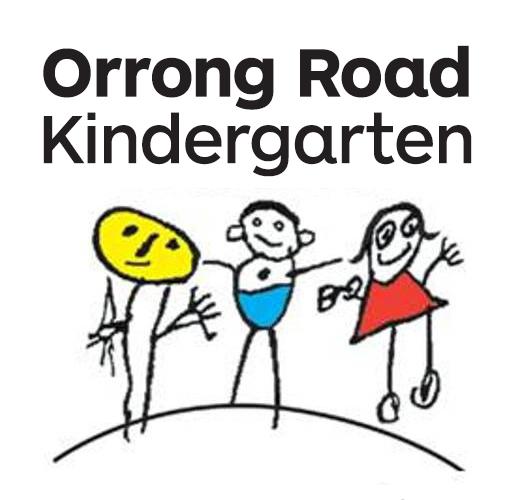GEKA Orrong Road
Add sub headingT
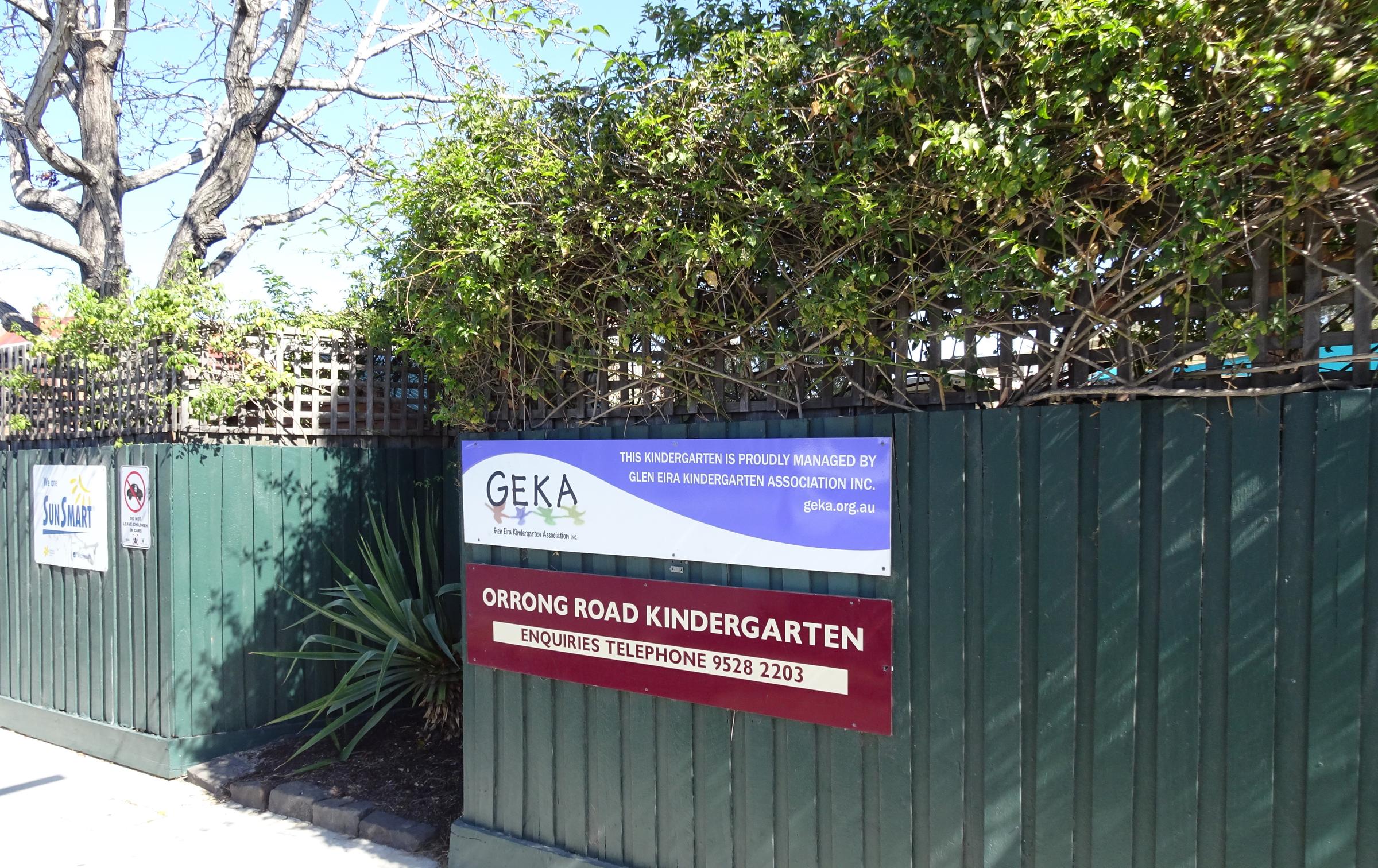
GEKA Orrong Road
Add sub headingT
By Vanessa Ashman
Most of us of a certain age would fondly remember the adventures of playing outdoors unsupervised until dinner time, climbing trees, catching bees, riding our bikes without helmets, swimming without goggles and floaties, skating without knee pads, and jumping on trampolines without a safety net. Many children these days spend more time indoors on screens, are under constant supervision with ‘helicopter parenting’ and play in playgrounds with soft fall on the ground and padding on every pole.
How do we balance the importance of children learning to judge their own limits, accept challenges and take risks, when playgrounds everywhere are regulated to minimise risk and injury?
Playground designers, architects and local councils are beginning to replace a fear of injury litigation with a better understanding of the benefits of providing play spaces which “give children the opportunity to extend themselves and learn life skills.” (Planning For Play, Glen Eira Council 2021, p29).
“Risky play opportunities usually contain one or more of the following characteristics: great heights, high speed, dangerous objects, proximity to dangerous elements, rough and tumble play with others, exploration without supervision and play with potential for impact. The balance of safety and risk is paramount in playground design. Playgrounds need to provide an appropriate degree of challenge, without being exposed to undue danger that users are unable to overcome by learning or through experimentation. Risky play gives children the opportunity to extend themselves and learn life skills" (Planning For Play, Glen Eira Council 2021, p29).
The Australian Standards for Playground Safety (AS 4685) aim to “minimise the risk of injury to playground users, while acknowledging that risk is an inherent feature of playtime and there are many acceptable risks as part of a stimulating and challenging learning environment.”
We surveyed our 4 and 5 year old children to learn more about their views on playground safety. We showed them a selection of photographs of different types of playgrounds. We asked them for their thoughts and opinions.
Which of these two play areas do you think would be more dangerous? Would you let your child play here? The results of our poll may surprise you.


This is a playground from around the 1900’s. Extreme height. No safe falling zone. No safety nets.
The children overwhelmingly voted this as the ‘Most Fun’, and the one they would most like to play on. Most children recognised that it might be dangerous, as it was high, and that if you fell off you would probably hurt yourself, but it was still the majority choice as the most fun place to play.
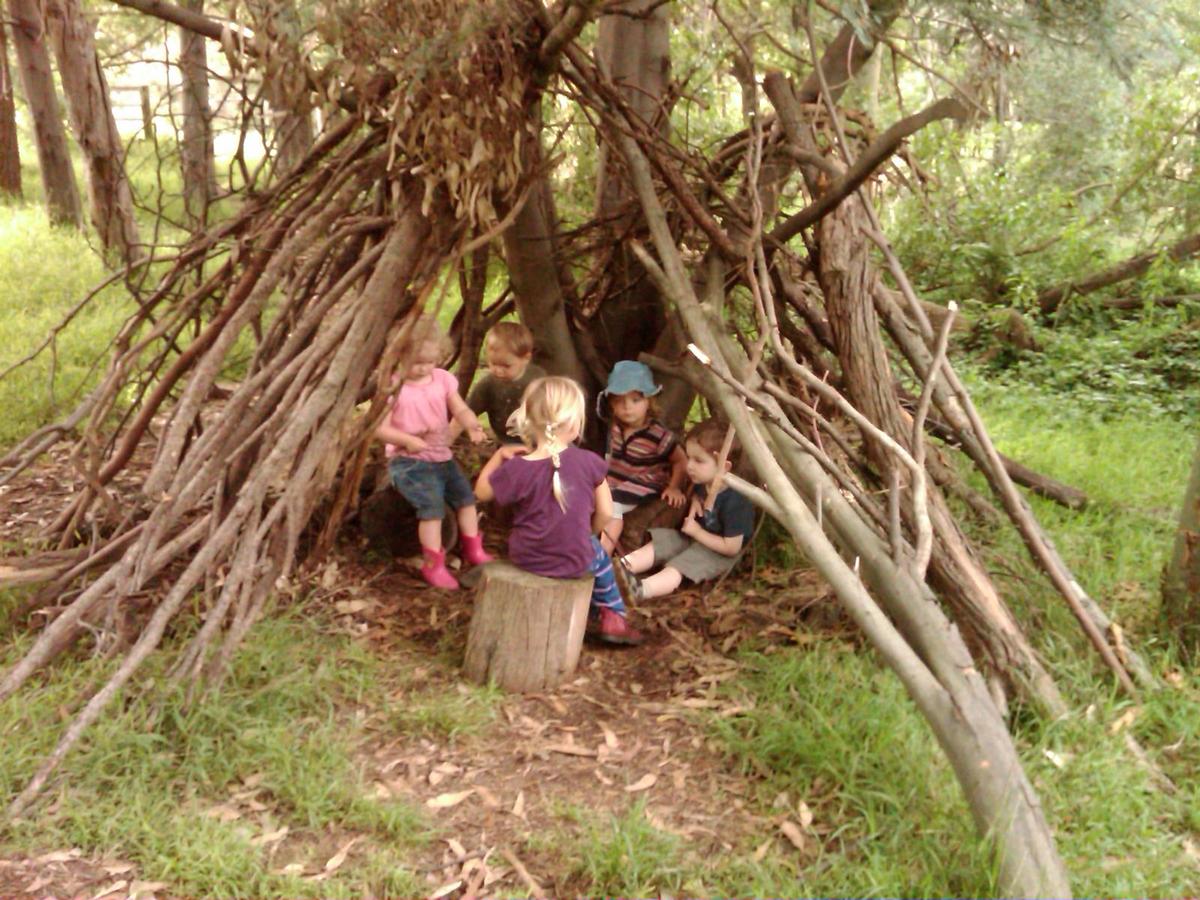

Would you be surprised to hear that this bush fort was clearly voted as the ‘Most Dangerous’ play space, with double the votes of any other? The comments included;
“It has spikey sticks.” “You could get your hair stuck on a branch.” “It might scratch my leg.” “It might fall on your head.” “Those sticks are pokey.”
In recent years, there has been a real movement towards nature play, and Bush Kinder programs, so this result was surprising to us.
Why do you think children were more afraid of sticks than of falling from a great height?
Have a generation of children lost a fear of falling because every play surface these days is covered in rubber rock, padding, safety net and fall mats? What do you think?
What Do Kindergartens Look Like Around the World?
This is an award-winning new Kindergarten in Fuji, Japan. It has no walls, a running track around the roof, trees growing through the deck, and caters for 600 children between 2 and 6 years old every day.
https://www.ted.com/talks/takaharu_tezuka_the_best_kindergarten_you_ve_ever_seen
Fuji Kindergarten | Educational Buildings | Tezuka Architects (tezuka-arch.com)
https://hundred.org/en/articles/is-this-the-best-kindergarten-in-the-world


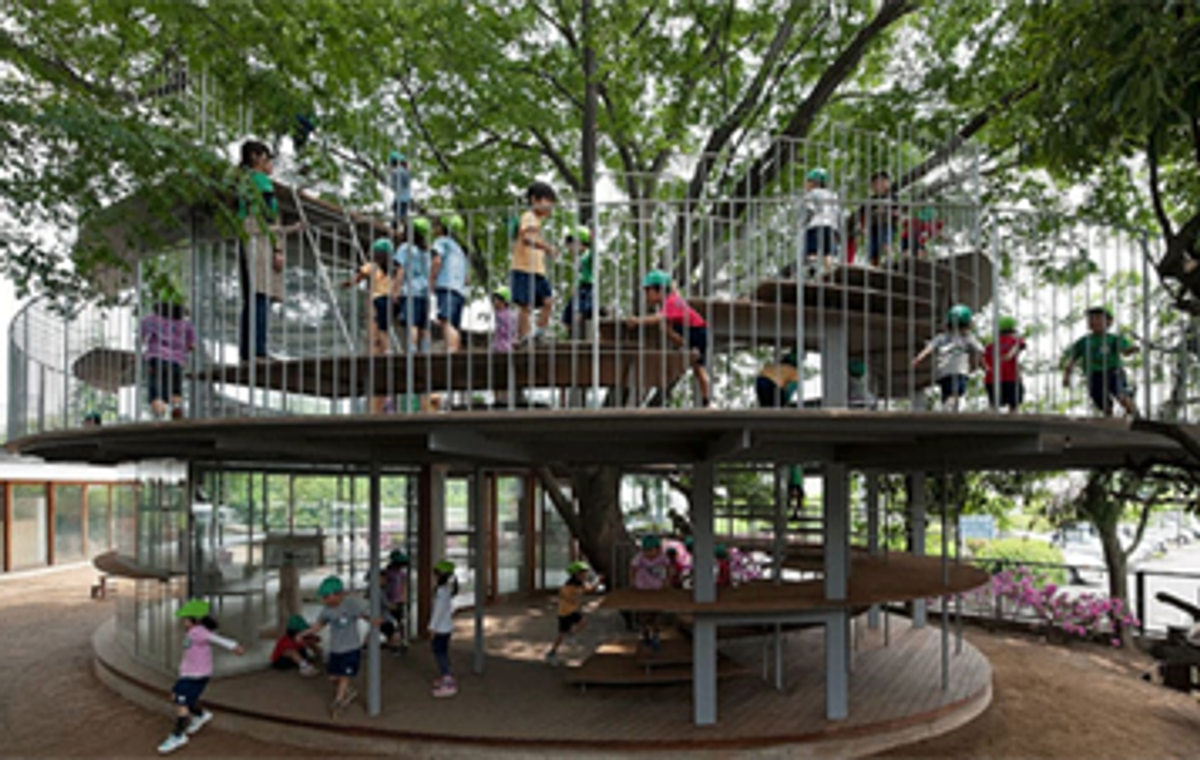

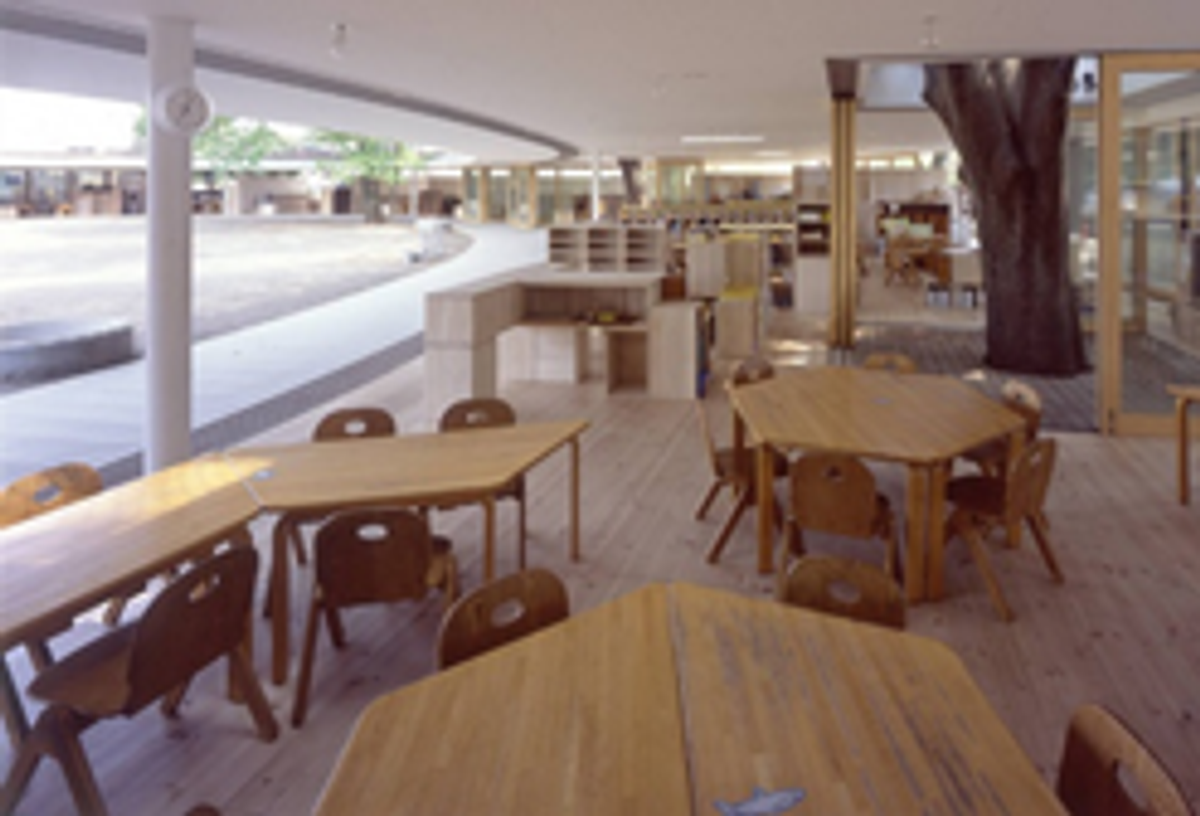

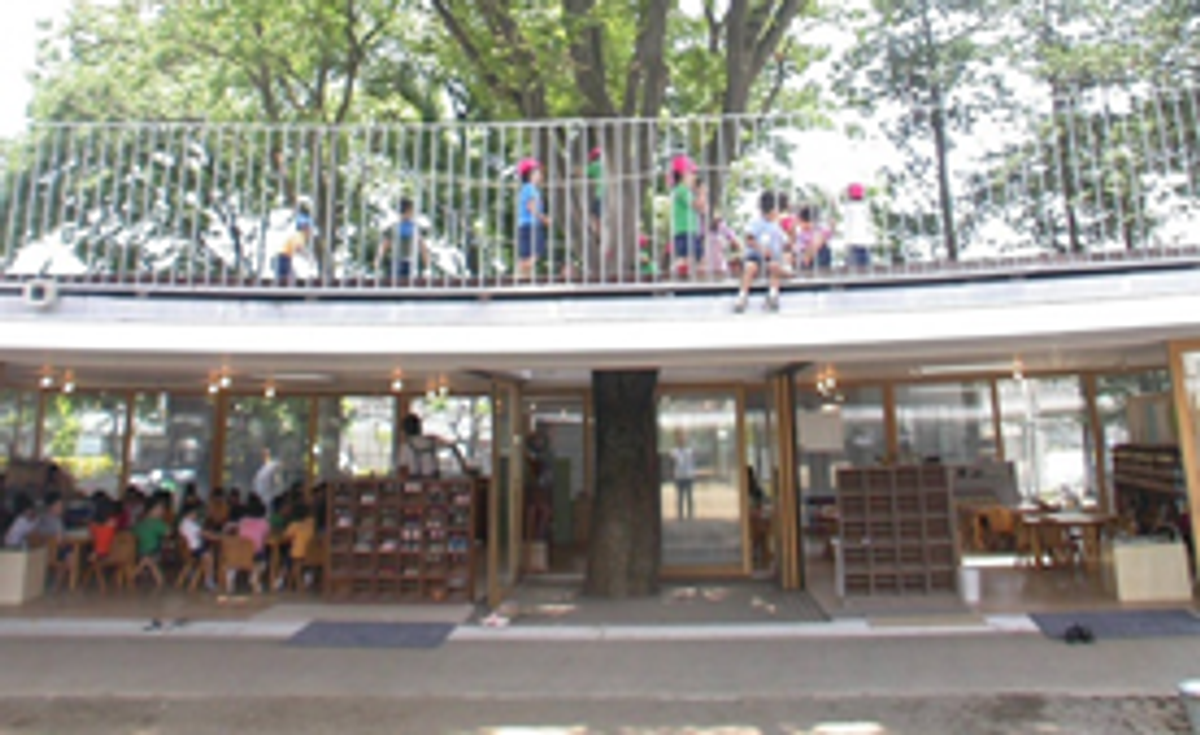

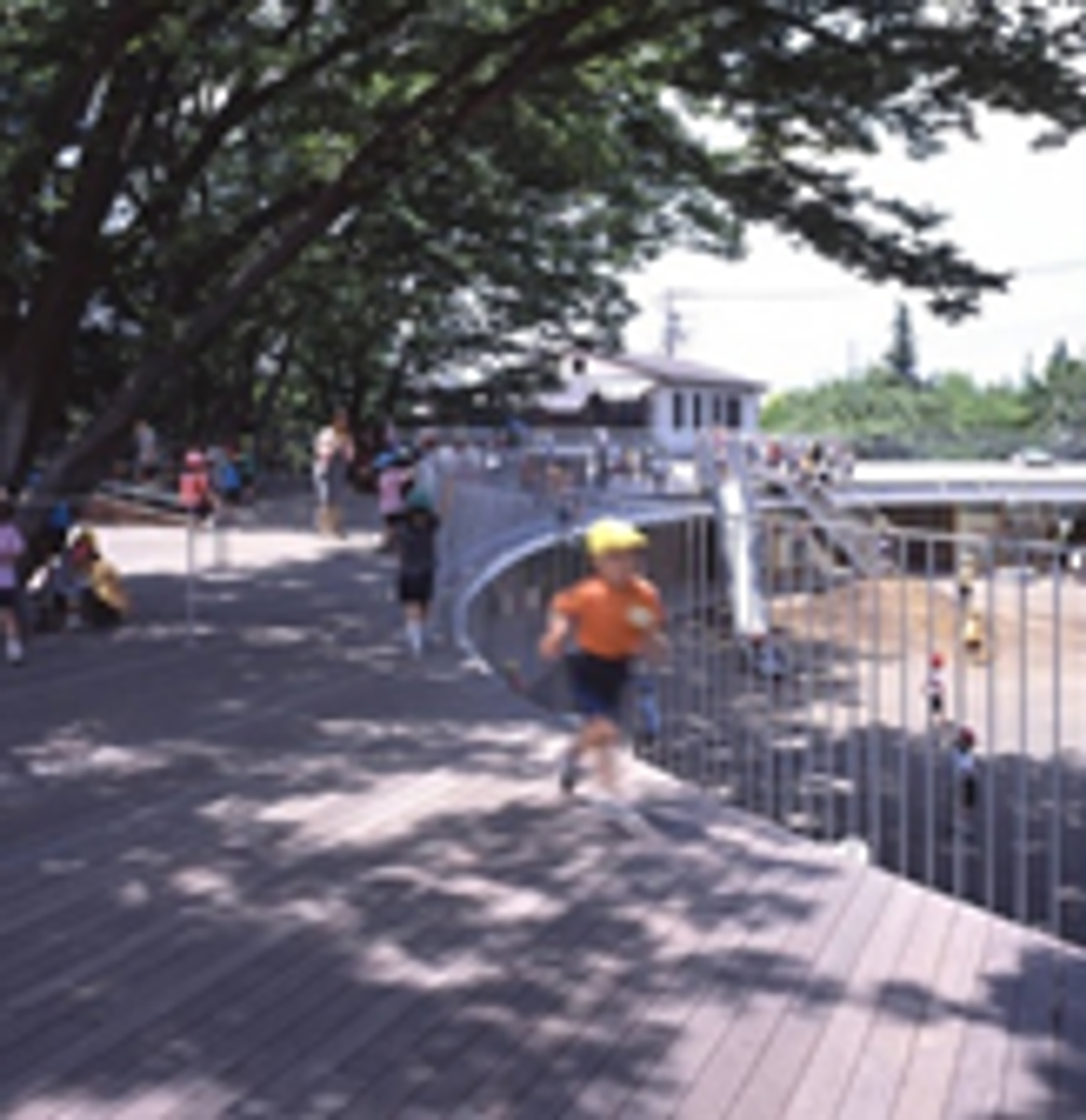

A giant cat, a treehouse, a converted soviet aeroplane. These links will take you to some of the most interesting and innovative playgrounds and Kindergartens from around the world.
COBE, Adam Mørk · New Copenhagen Kindergarten · Divisare
Breathtaking Kindergartens Around The World (20 Photos) (moms.com)
Design-forward kindergartens around the world - Curbed
4 Amazing Kindergarten Designs from Around the Globe | Nursery Schools (cheqdin.com)
What Kindergarten Looks Like Around the World (insider.com)
Playfully Colorful Kindergarten Designs : colorful kindergarten (trendhunter.com)
